Reportar esta entrada
Más sobre la misma comunidad-colección
Encarcelados en el Museo de Niños
My children had a lot of fun visiting the Exploreum, and we look ...
Video del cumpleaños de DIGIE - 2016
DIGIE'S Birthday - 2016 - The digital wall's first anniversary ...
Ceremonia de inauguración de DIGIE - El Paso, Tejas 2015
Lisa Heinemann and her husband attending the opening ceremony ...
Rótulo de venta del Hombre Banano
John K. Lucas selling bananas and he painted his selling sign ...
John K. Lucas "El Hombre Banano" Casa de venta 2015
Mr. John K. Lucas was born in Greece and married Ernestina from ...
Plaza San Jacinto - 2016 - El Paso, Tejas
Opening of the new San Jacinto Plaza is almost ready.Gilbert ...







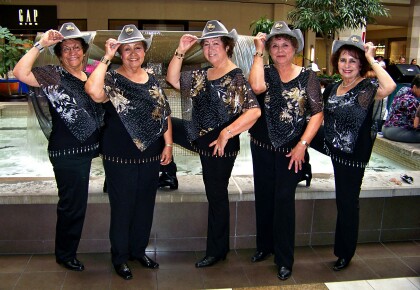
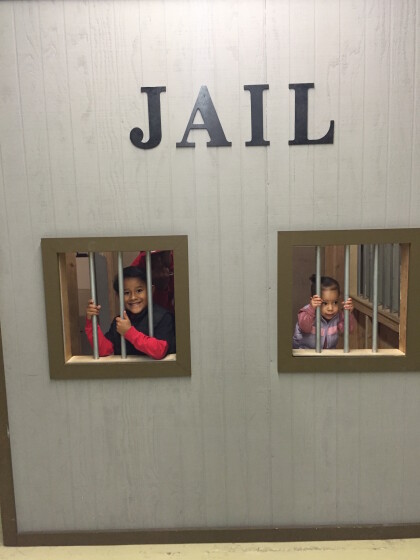
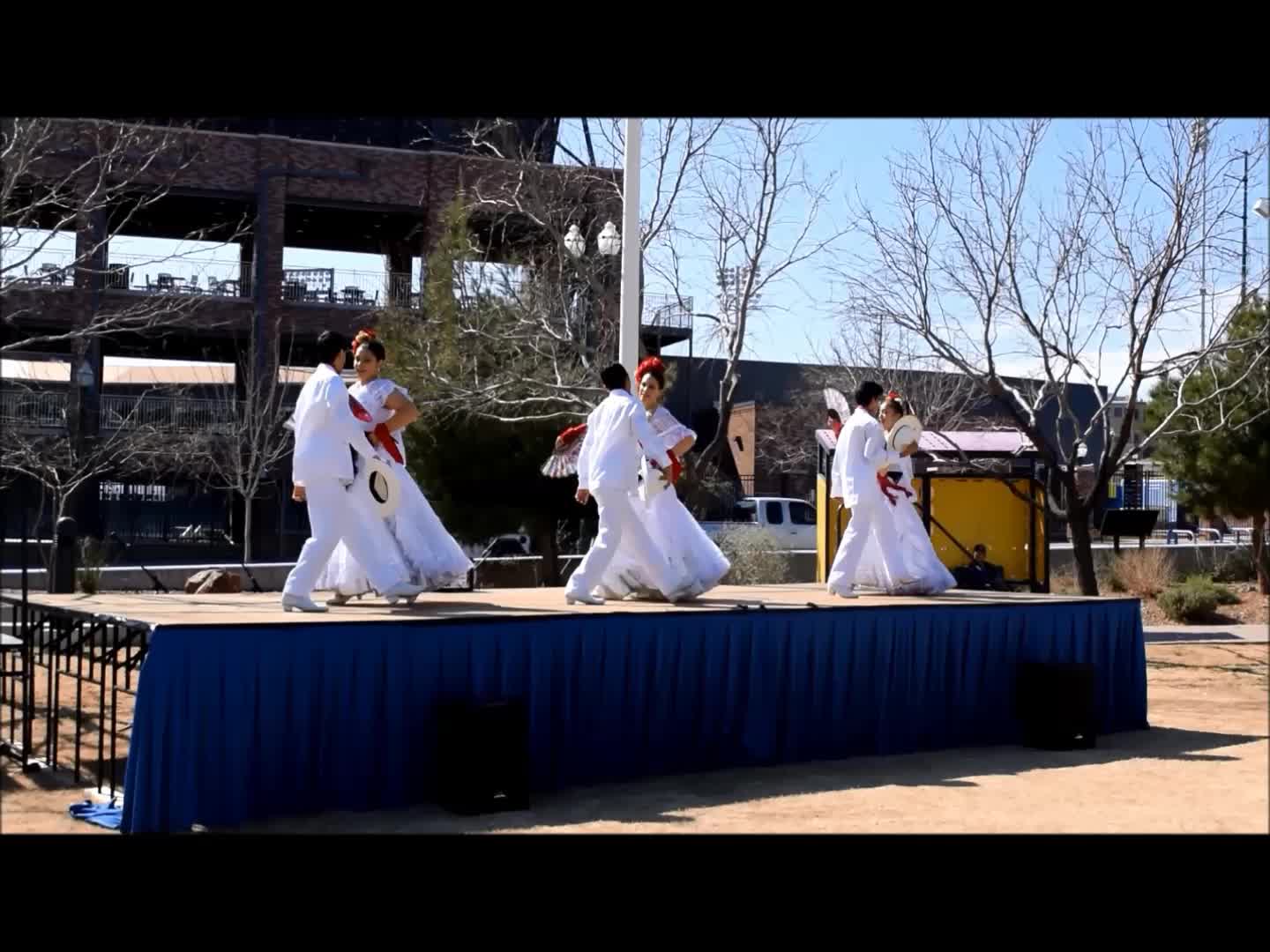
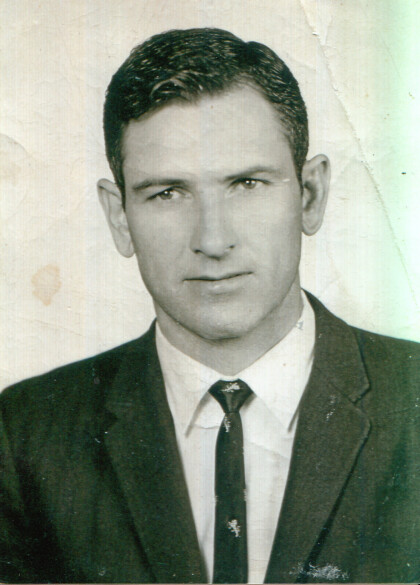

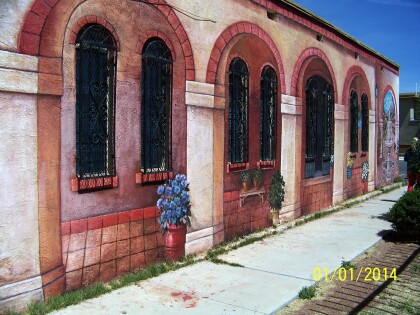
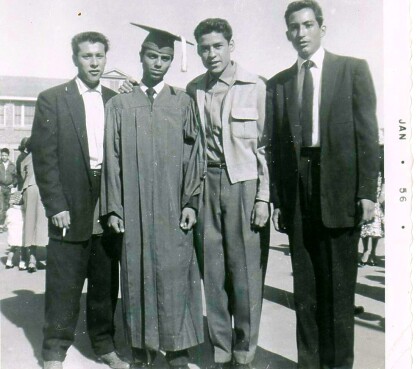

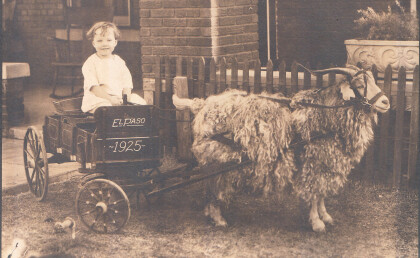
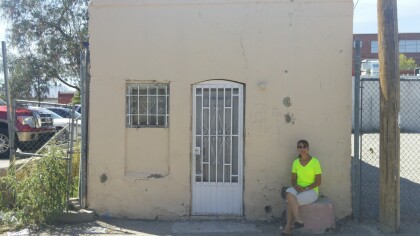
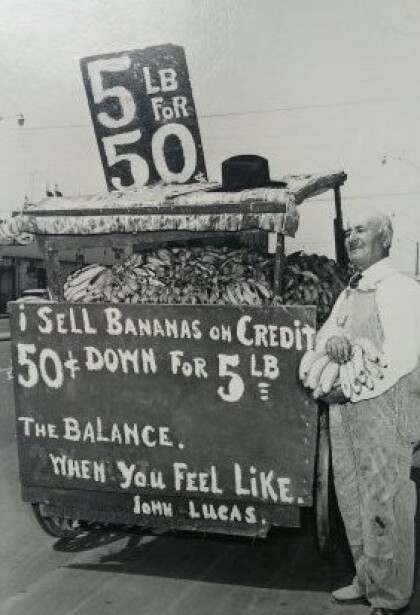
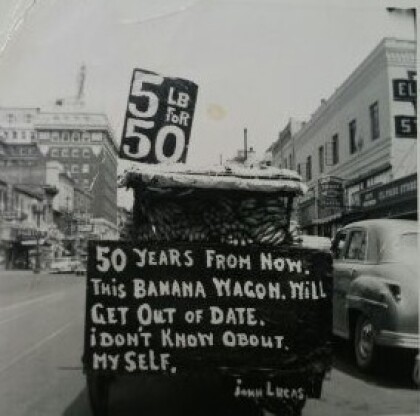
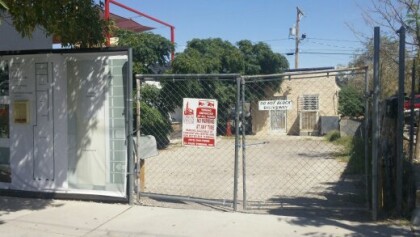

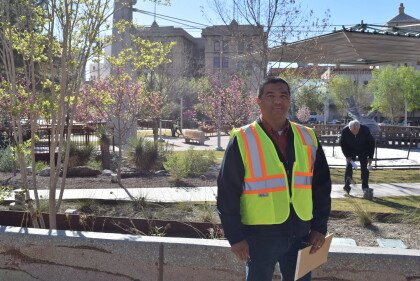
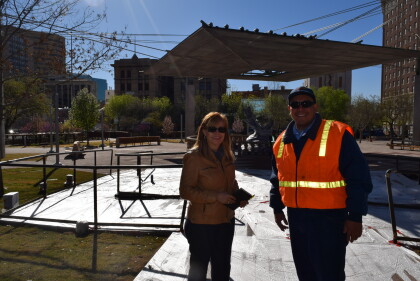
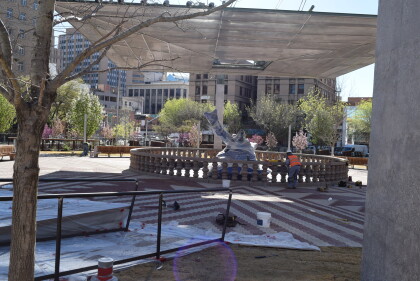
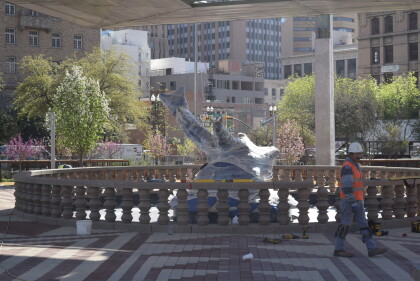
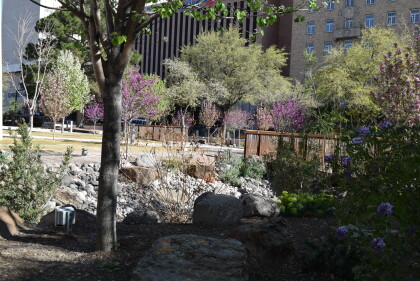




Comentarios
Hacer un comentario